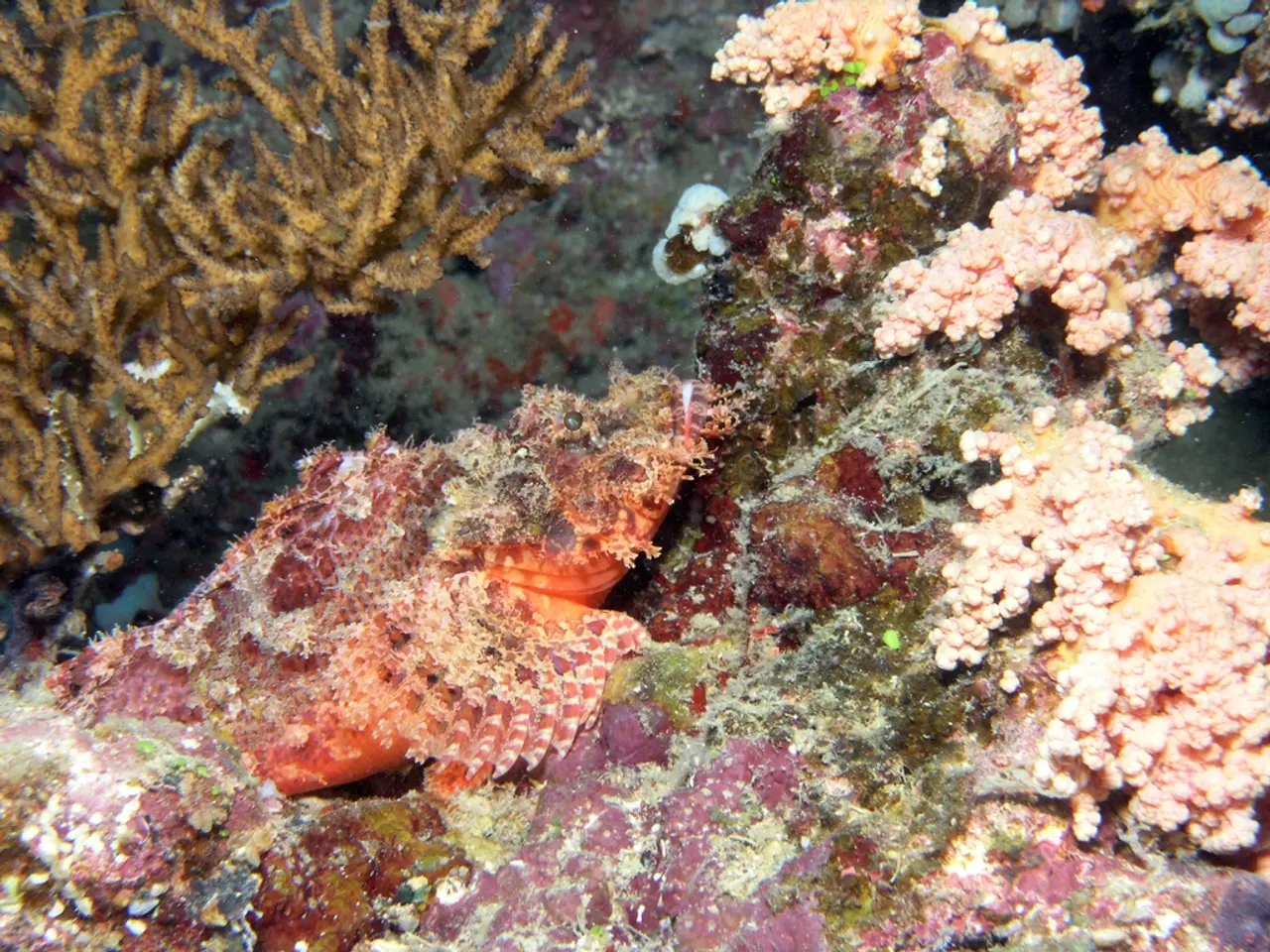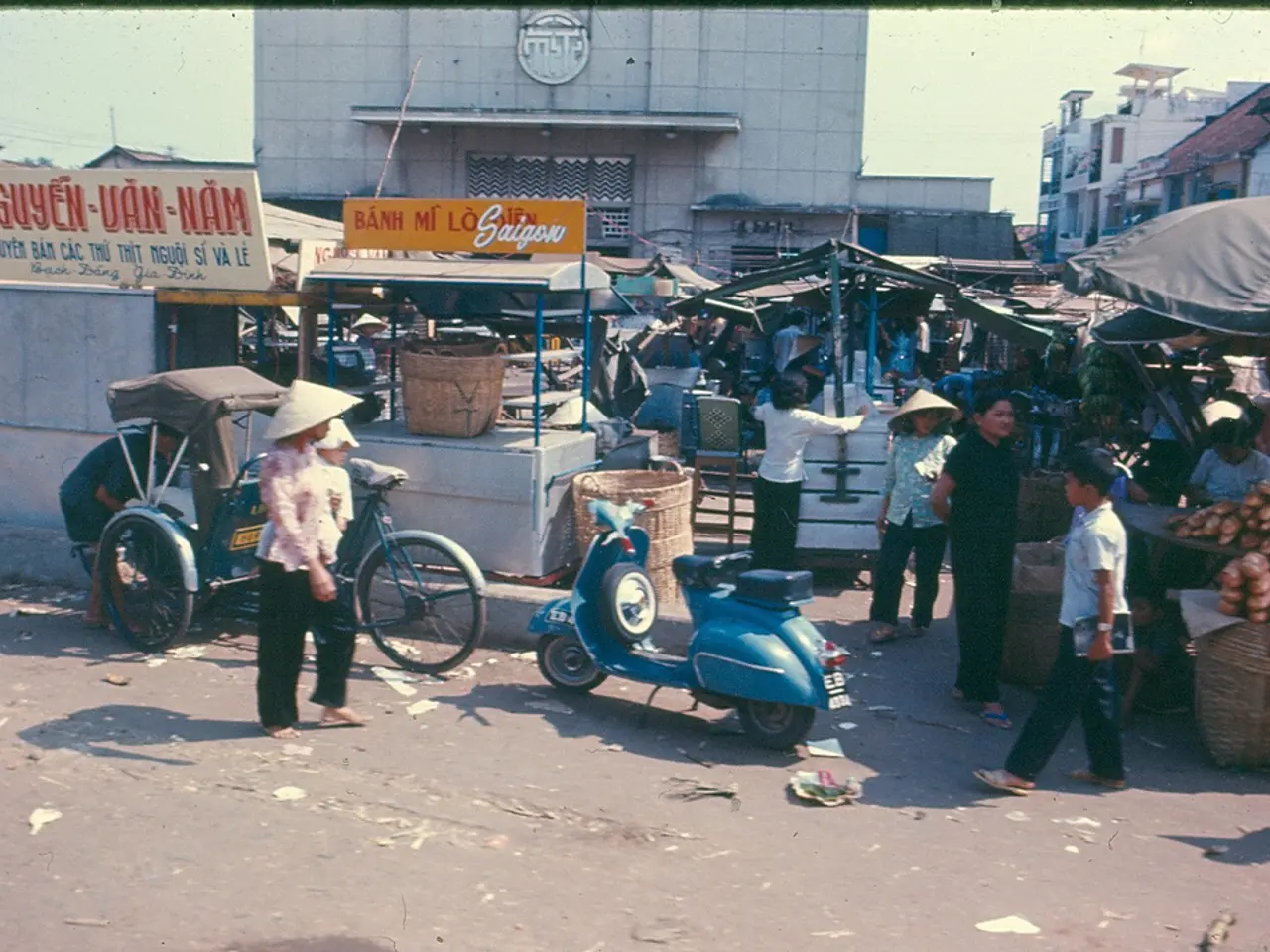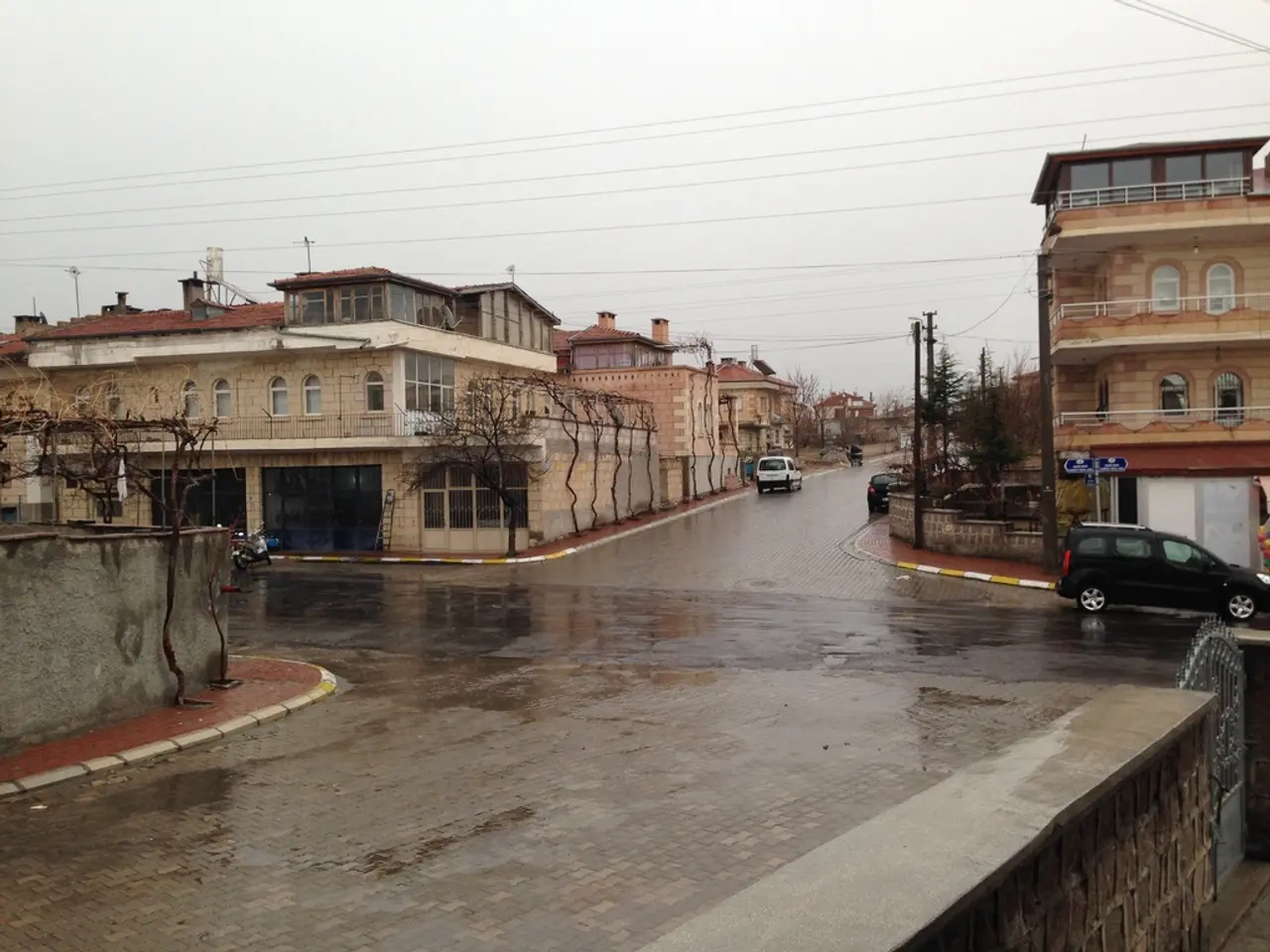Marine Algae Invasion Washing Up on Shore: Unveiling Potential Commercial Prospects
In a remarkable turn of events, initiatives are underway to transform the once-notorious Sargassum seaweed from a coastal nuisance into a valuable industrial resource. These initiatives aim to address the negative environmental and economic impacts of Sargassum, while capitalising on its potential for biofuels, fertilisers, pharmaceutical products, and more.
The Mexican Caribbean is leading the charge, with companies and researchers processing Sargassum as biomass to produce biogas. Every ton of processed Sargassum yields about 1 cubic meter of biogas, equivalent to 1 liter of gasoline. With plans for larger-scale processing, the potential to provide a renewable energy source while removing significant amounts of CO₂ from the atmosphere is immense.
Mexican authorities have also reclassified Sargassum as a national fishing resource, enabling its collection for use in fertilisers, animal feed supplements, and other products. This reclassification supports harvesting Sargassum at sea before it reaches shores, reducing coastal accumulation and supporting a circular economy.
Research shows that Sargassum is a rich source of bioactive compounds with antioxidant and therapeutic properties. These compounds exhibit biological activities such as anti-inflammatory, antimicrobial, and anti-tumor effects, indicating strong potential for pharmaceutical and nutraceutical product development. Beyond these, Sargassum is being explored for bioplastics, textiles, bio-materials for brick-making, and water treatment applications.
By harvesting Sargassum at sea and converting it into valuable products, these initiatives reduce the mass accumulation of decaying seaweed on beaches, which causes foul odors, health risks, and tourism declines. This helps protect coastal ecosystems and local economies dependent on tourism.
Decaying Sargassum also releases greenhouse gases and potentially harmful heavy metals. Producing biofuels and biogas from Sargassum prevents this release, turning a pollution source into clean energy and contributing to climate change mitigation.
The reclassification of Sargassum as an industrial resource enables investment into harvesting infrastructure and product development, creating new economic opportunities in affected coastal regions. For example, processing 4,000 tons could generate tens of thousands of dollars annually in carbon credits alone.
These initiatives reflect growing recognition of Sargassum as a renewable resource whose sustainable utilisation can transform an ecological and economic challenge into an opportunity for renewable energy, agriculture, health industries, and coastal protection. The transformation of Sargassum into a resource could create local green employment and provide renewable materials, contributing to a more sustainable future.
- By delving into the potential of Sargassum in environmental-science, researchers are exploring its use in bioplastics, textiles, bio-materials for brick-making, and water treatment applications, expanding lifestyle options with eco-friendly products made from the seaweed.
- Beyond its use in biofuels, fertilisers, and pharmaceutical products, the antioxidant and therapeutic properties found in Sargassum open doors for nutraceutical product development, offering a new source of health benefits derived from the environment-friendly seaweed.
- The Mexican home-and-garden sector may benefit fromtextit> Sargassum as well, as recent advancements in science indicate its potential use in various home and garden applications, such as water treatment systems that promote a more sustainable and eco-friendly lifestyle.




